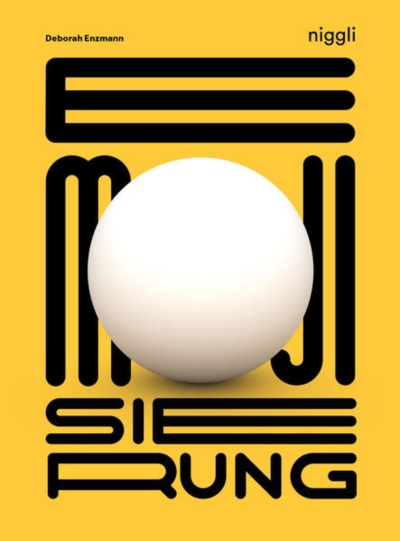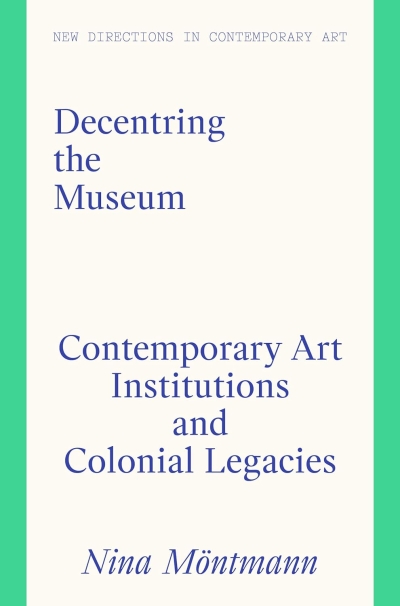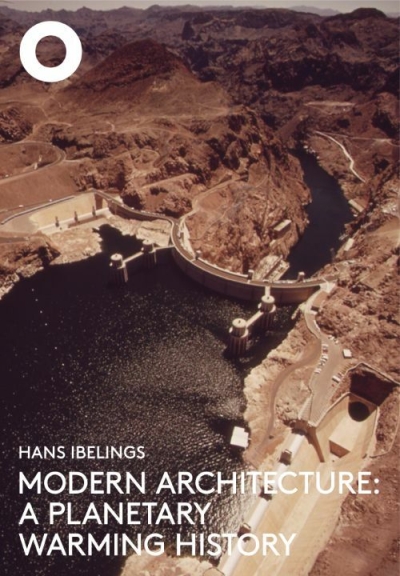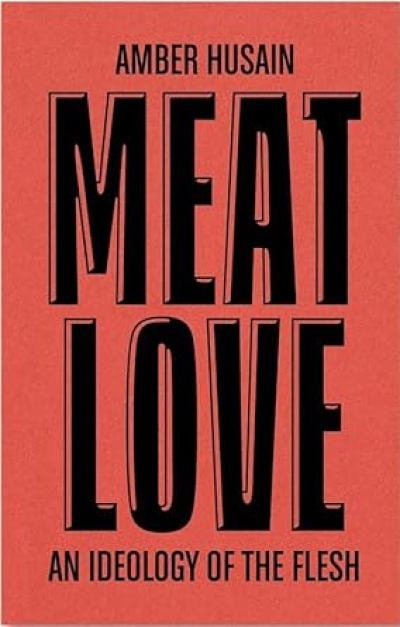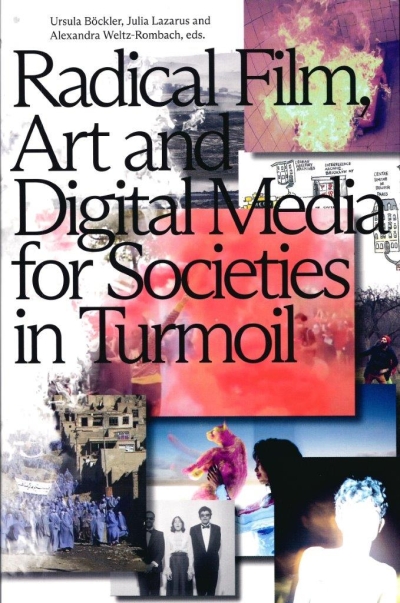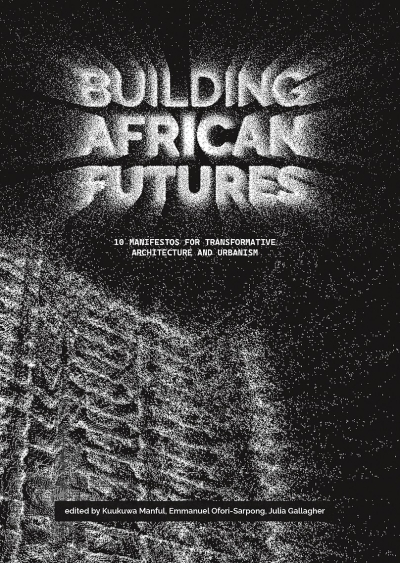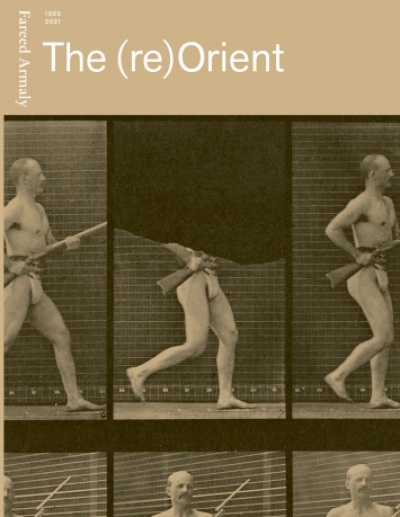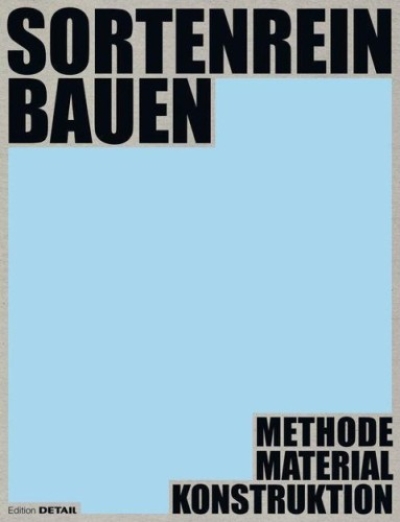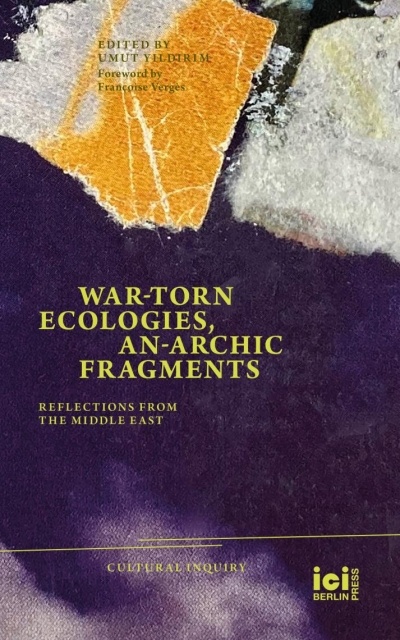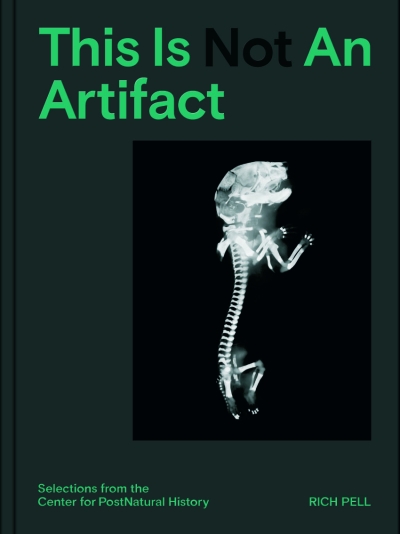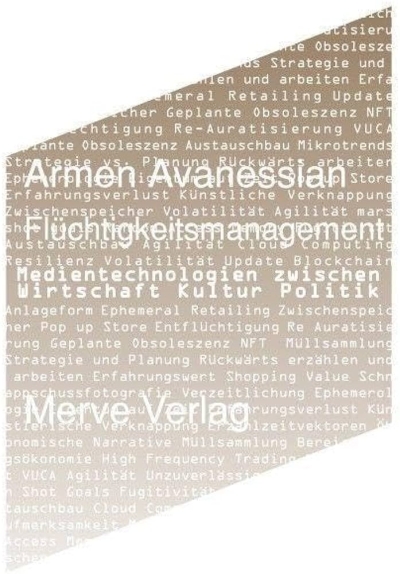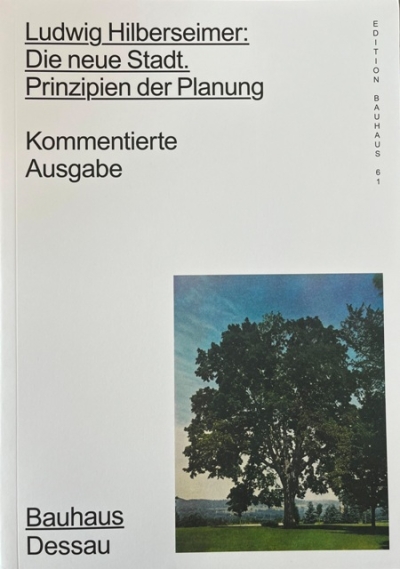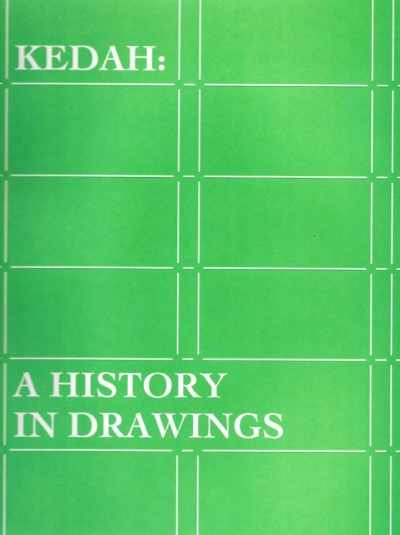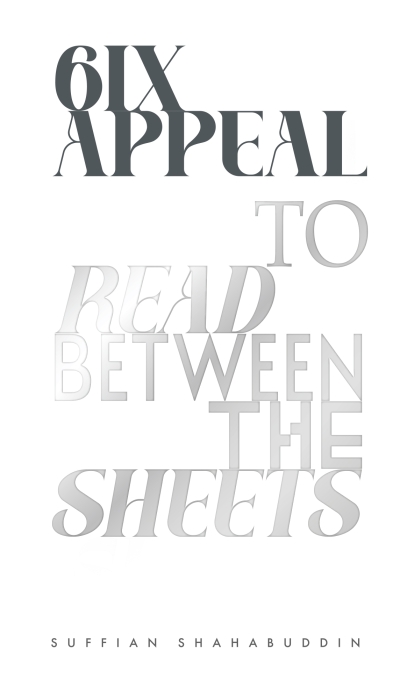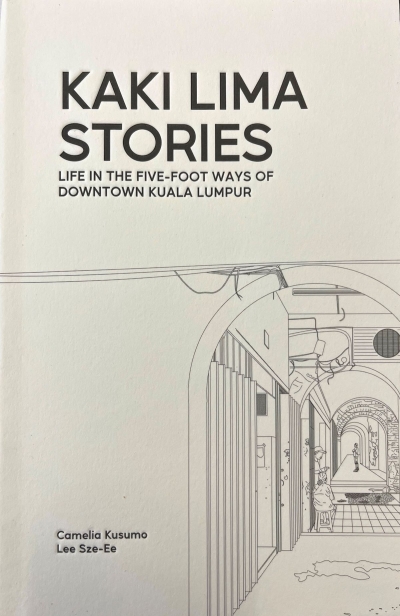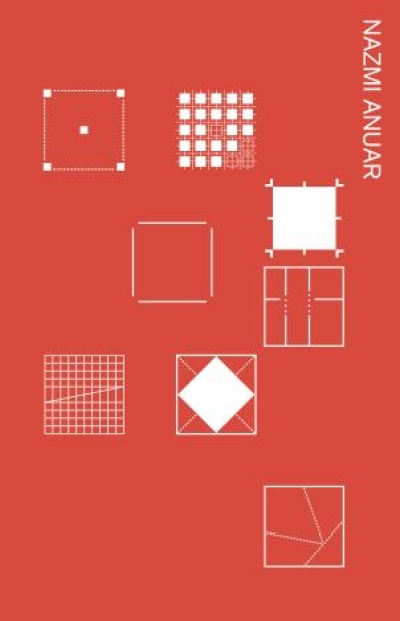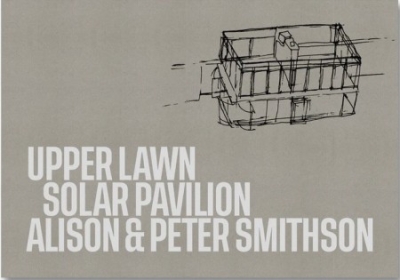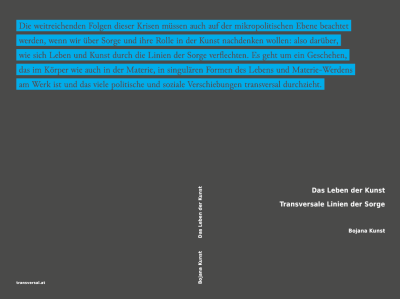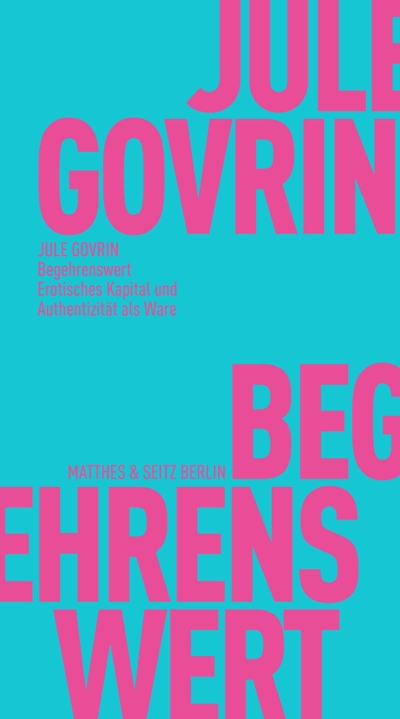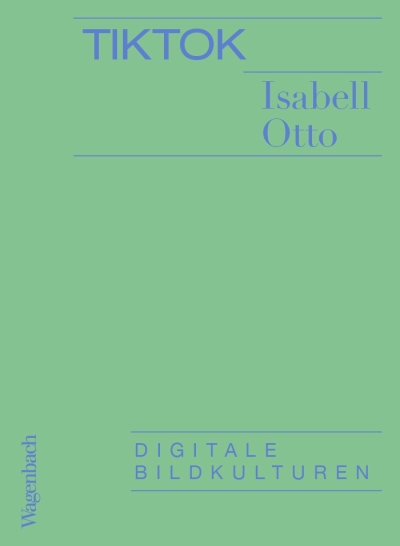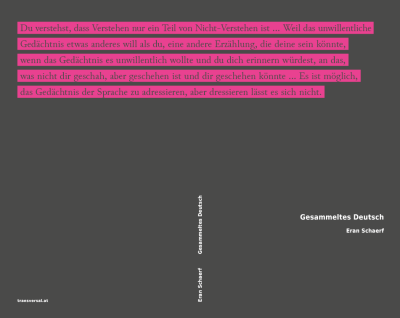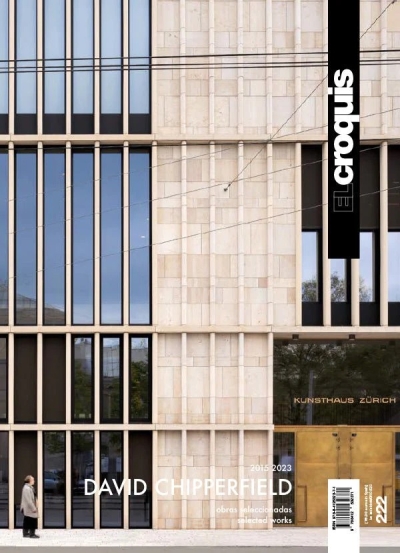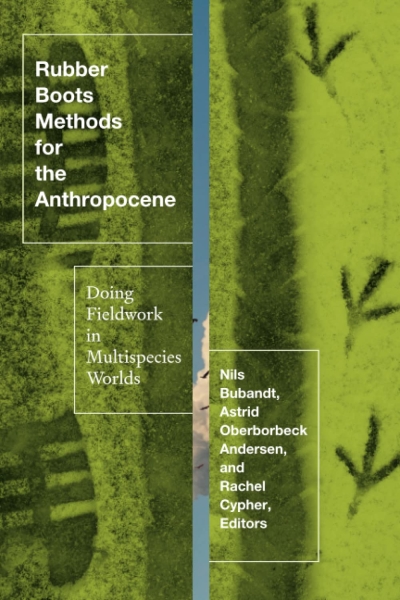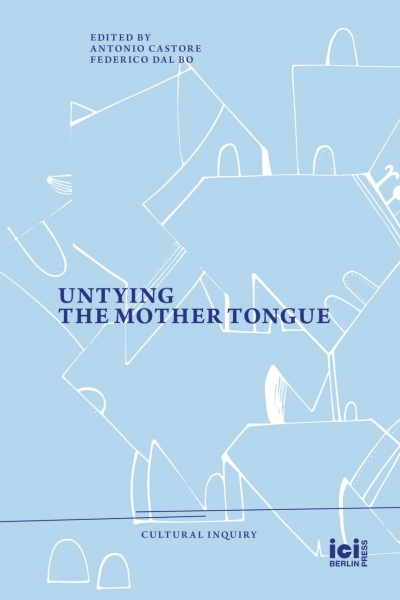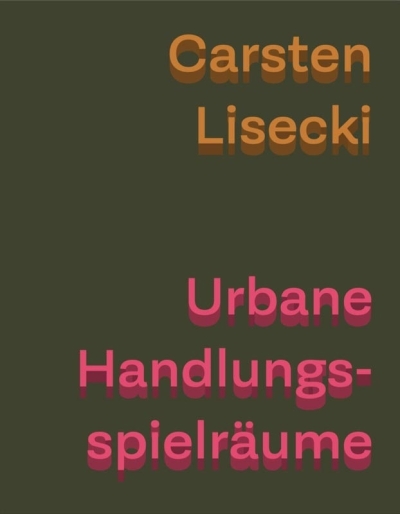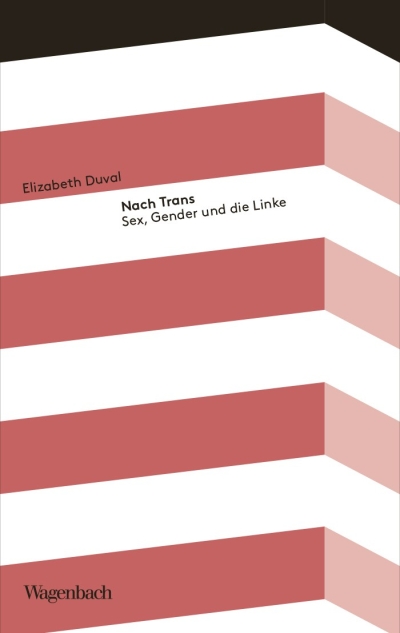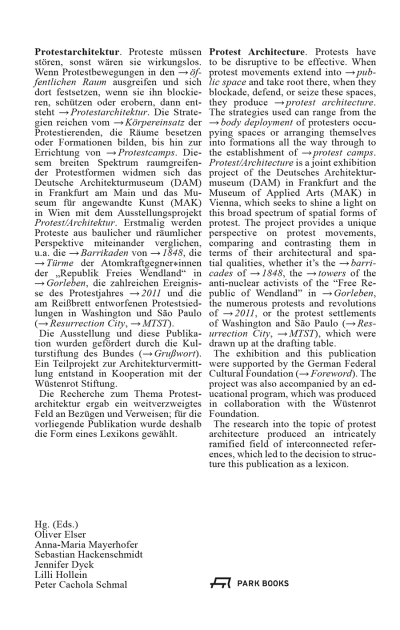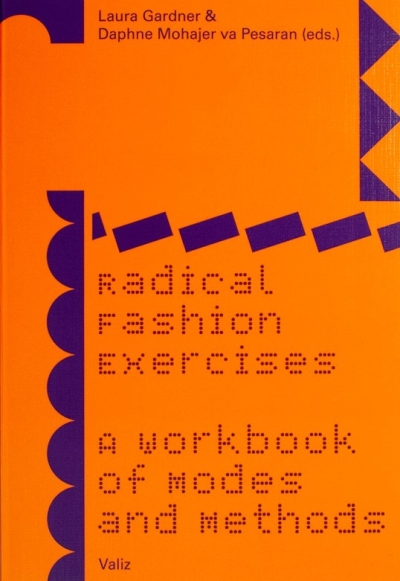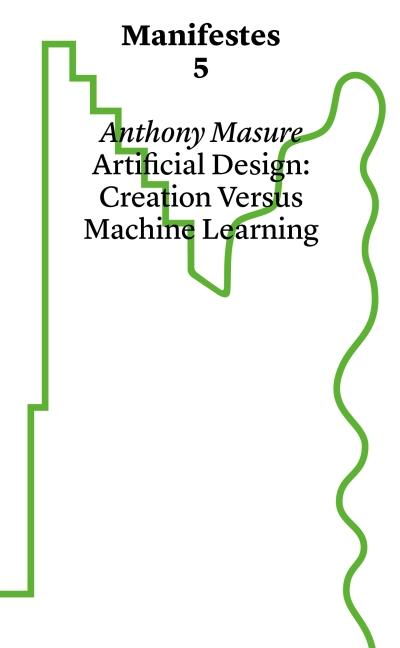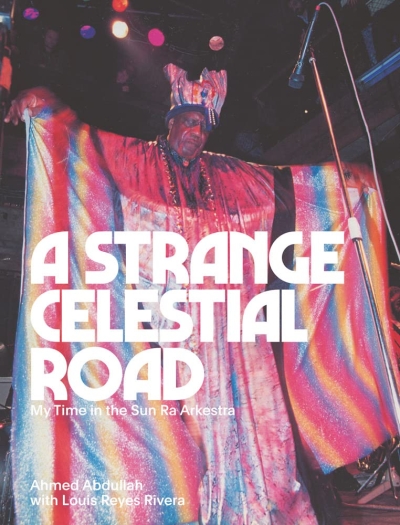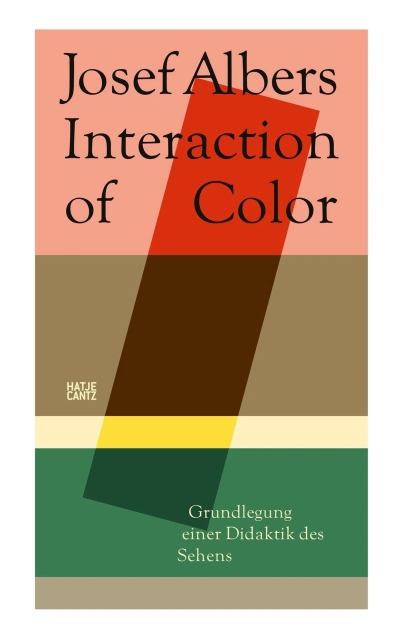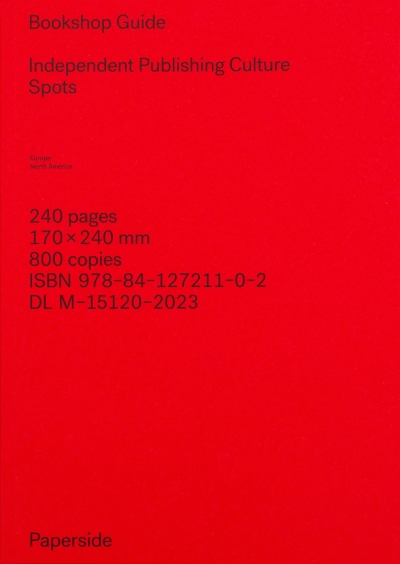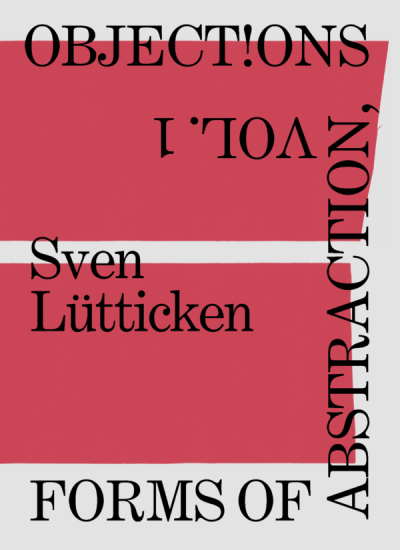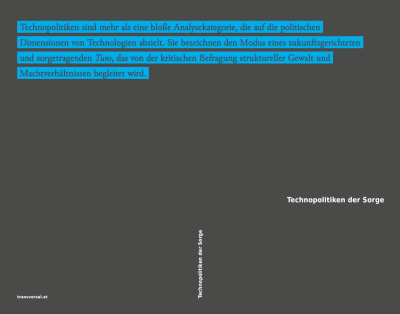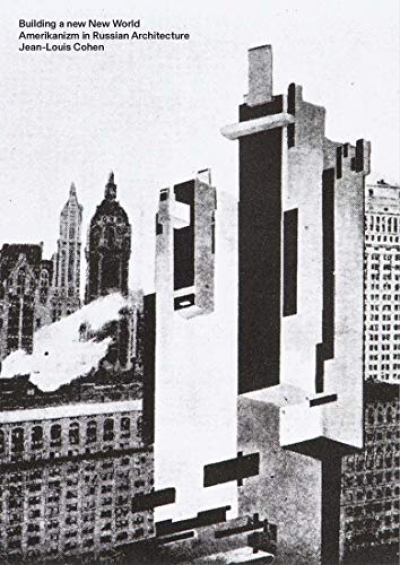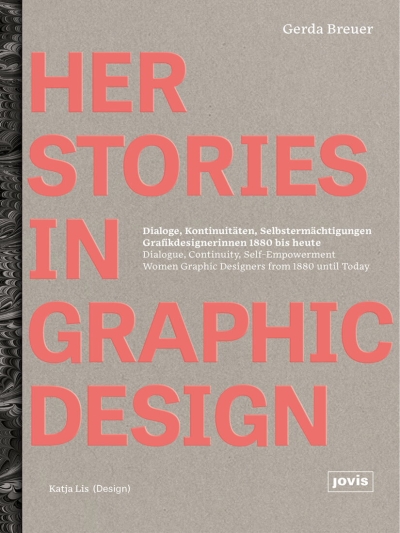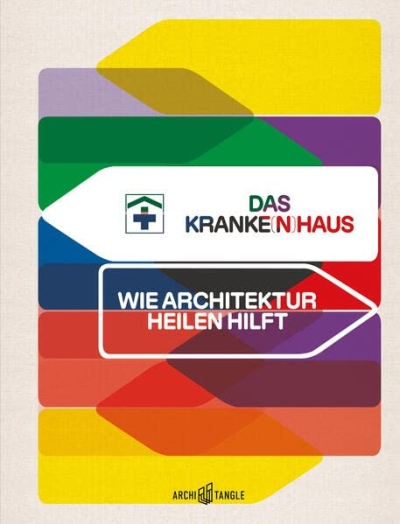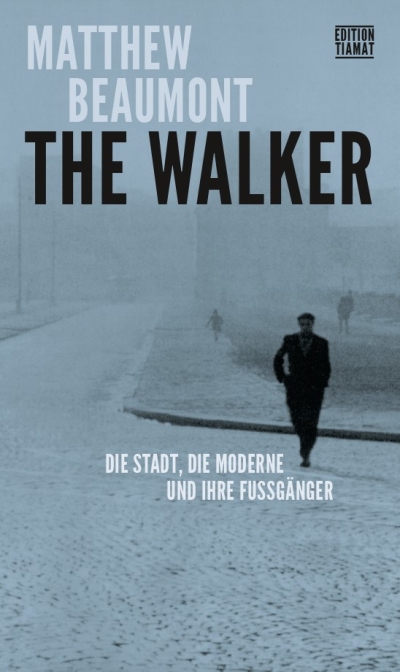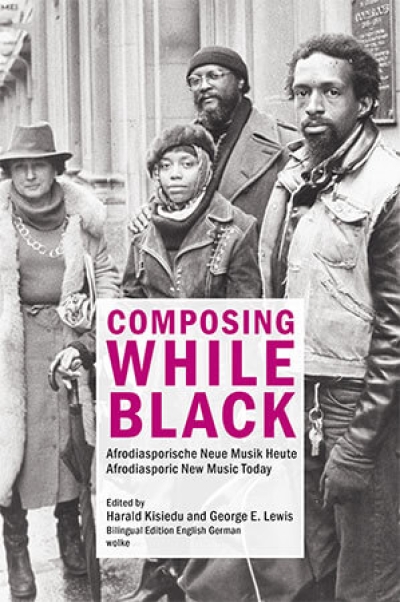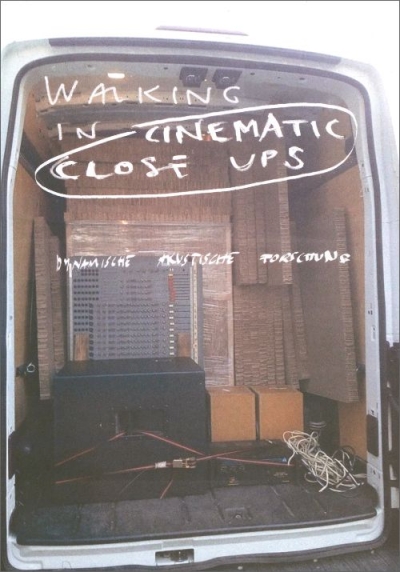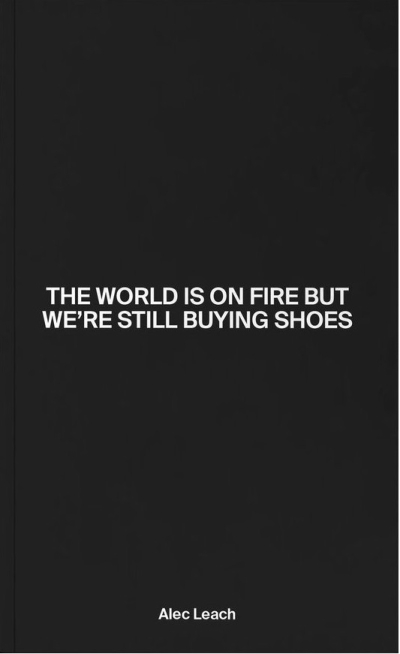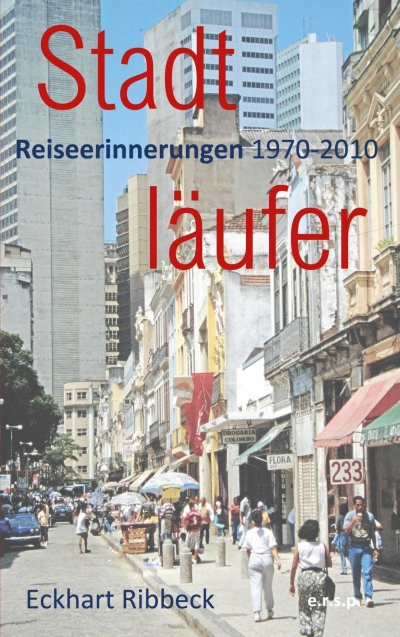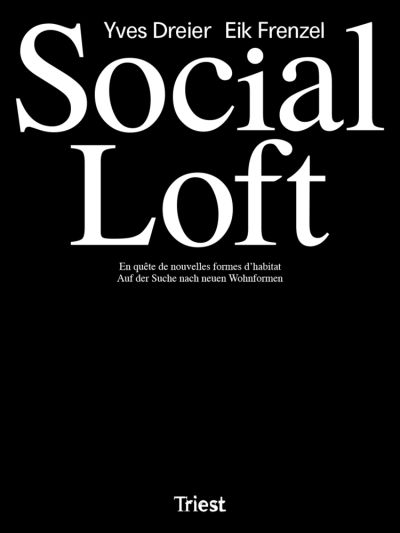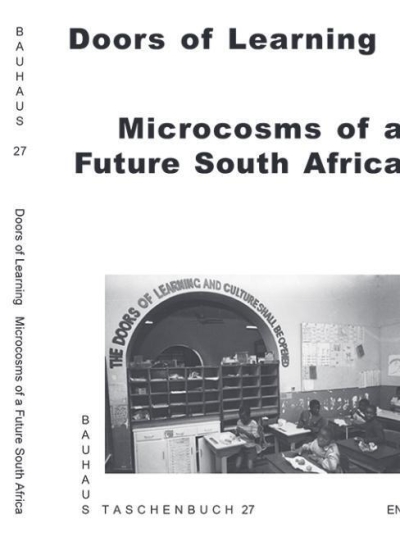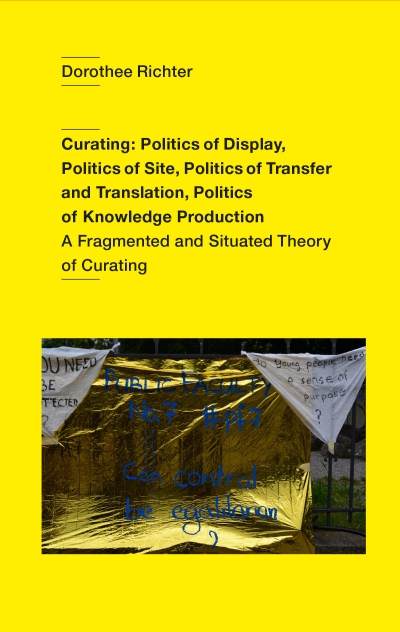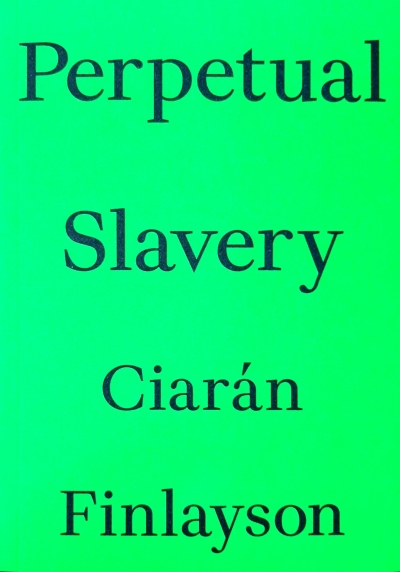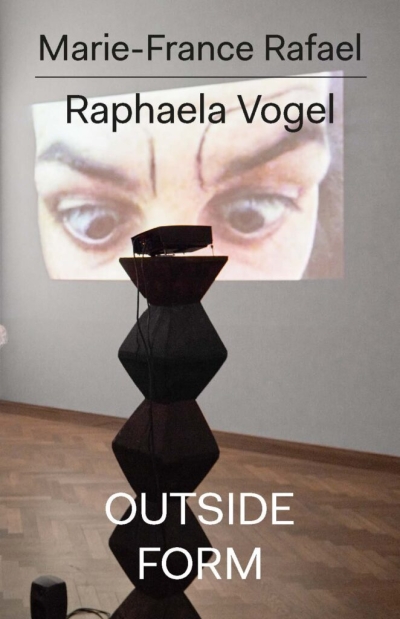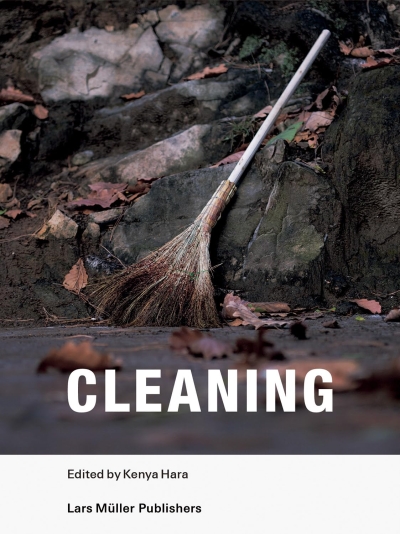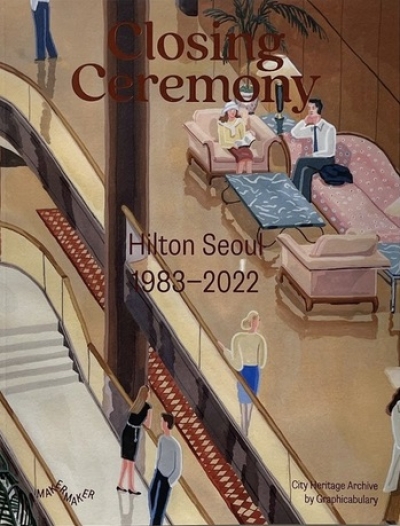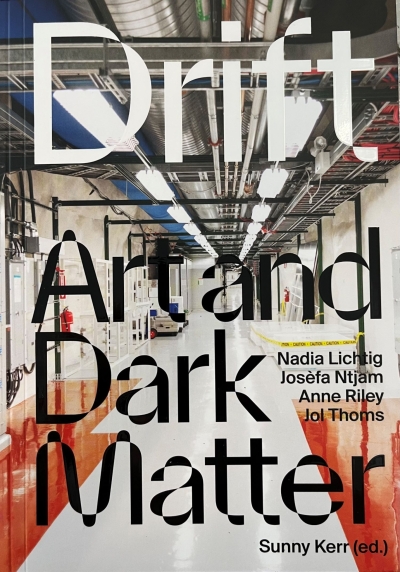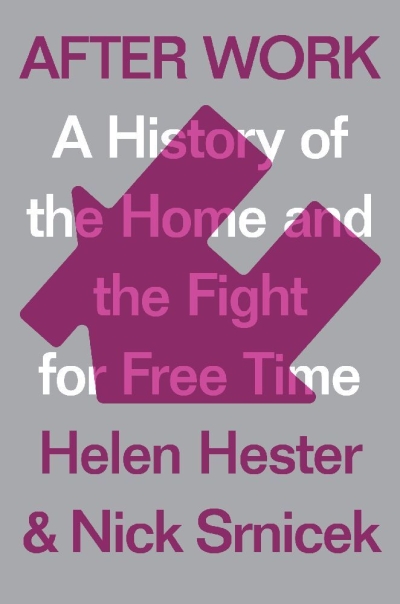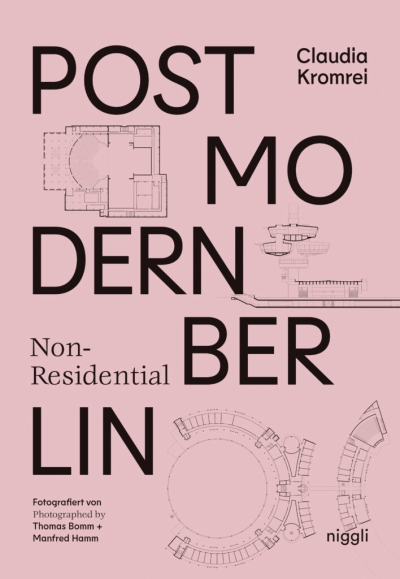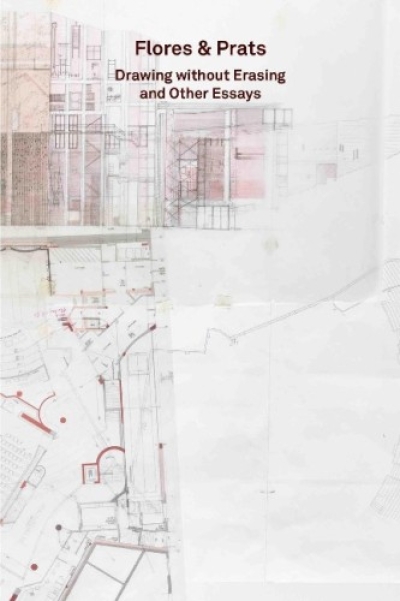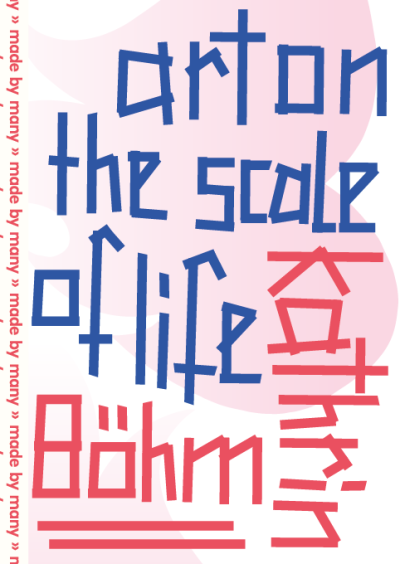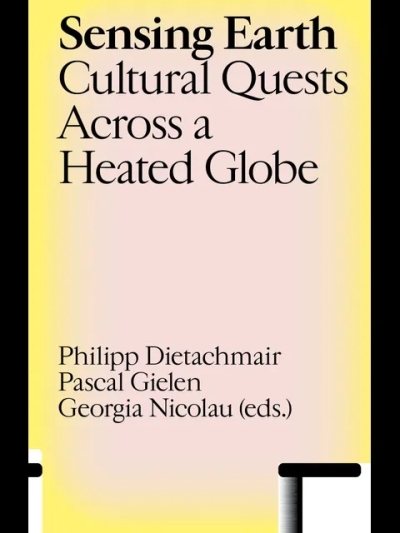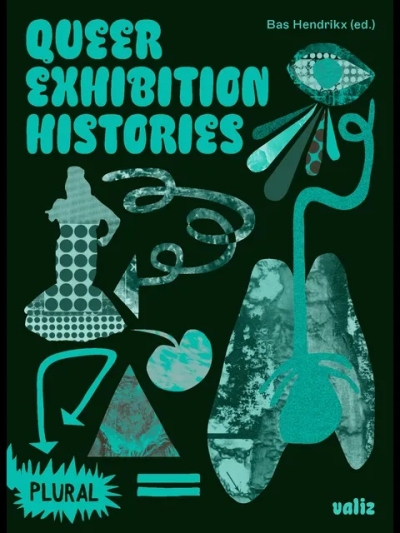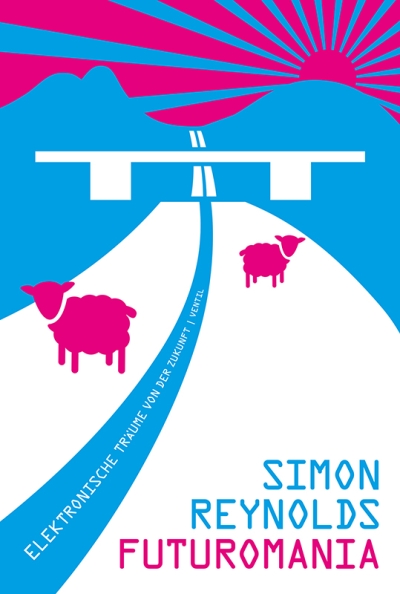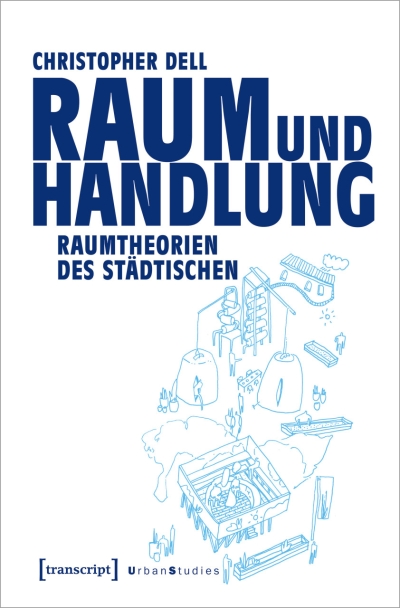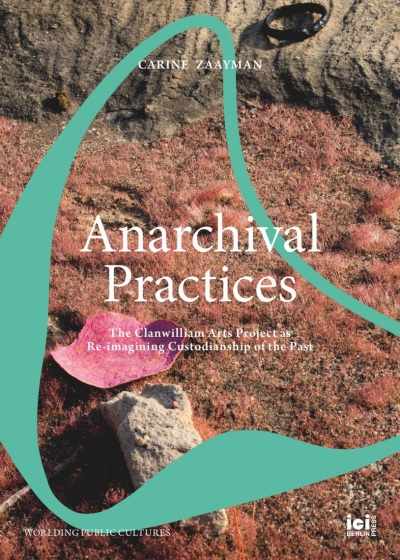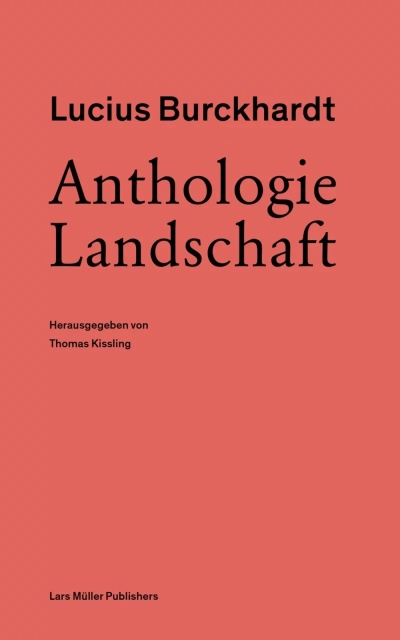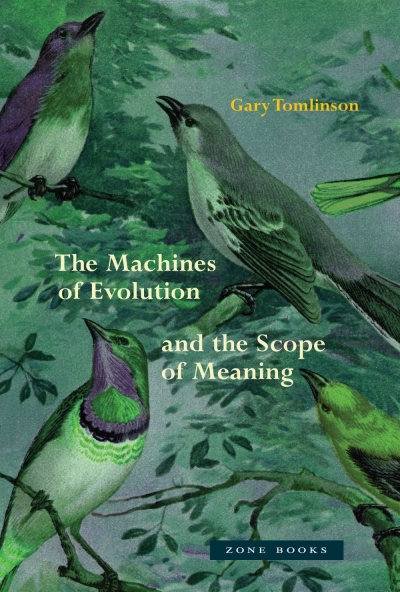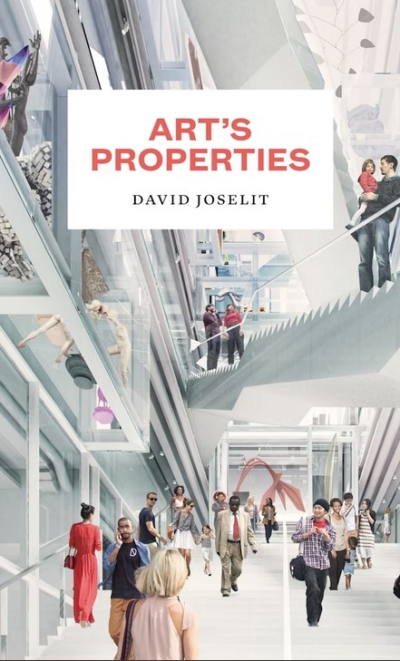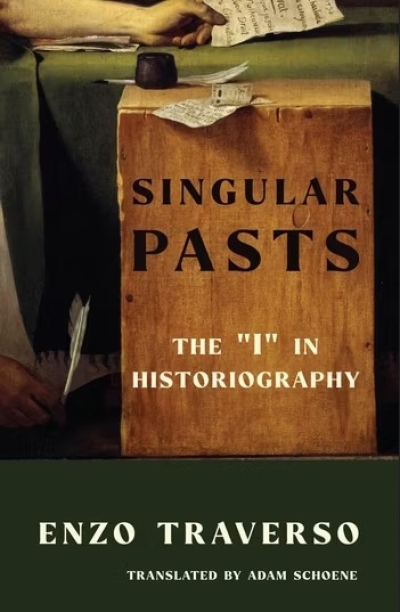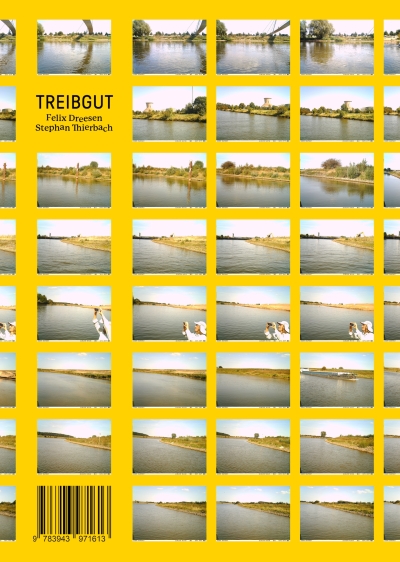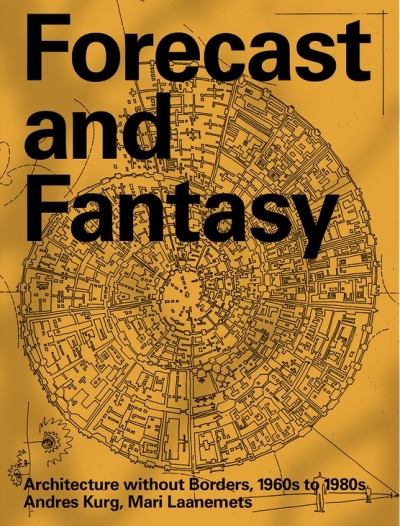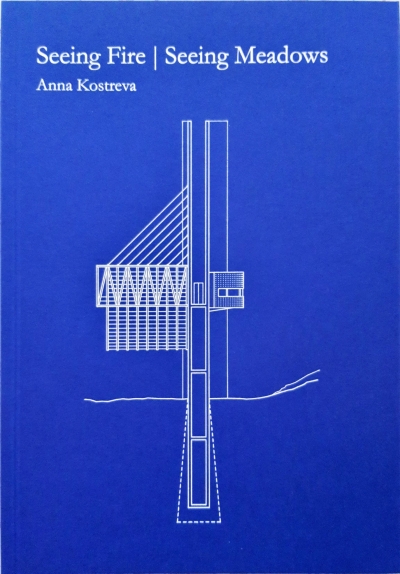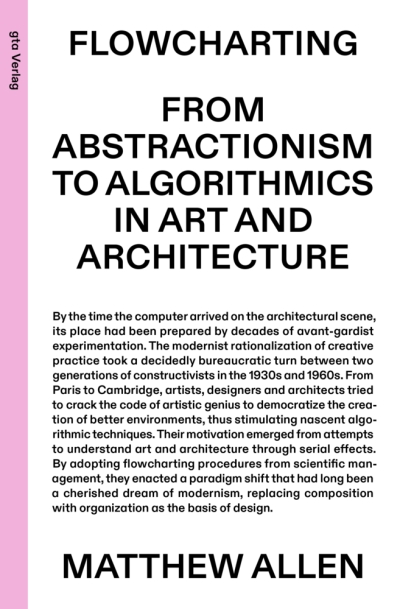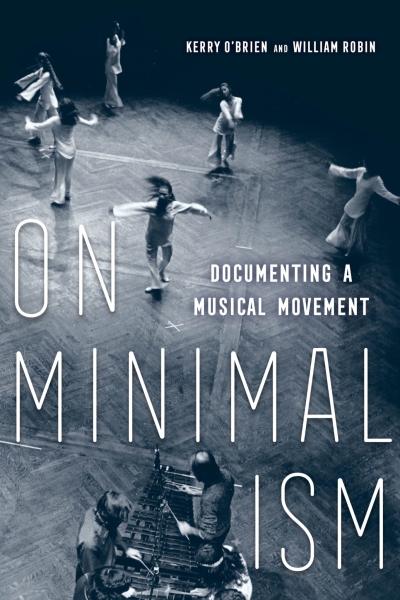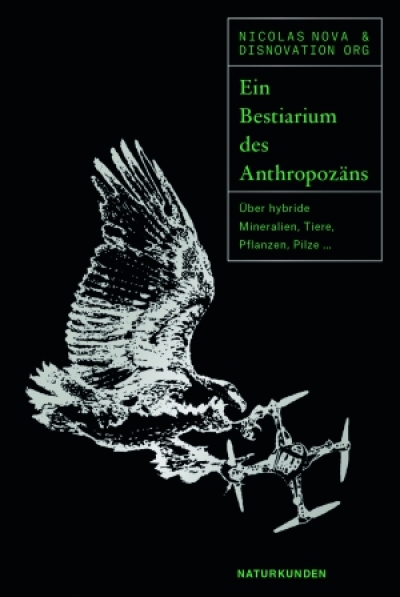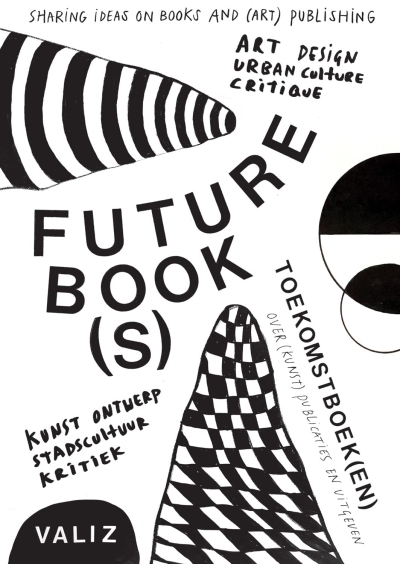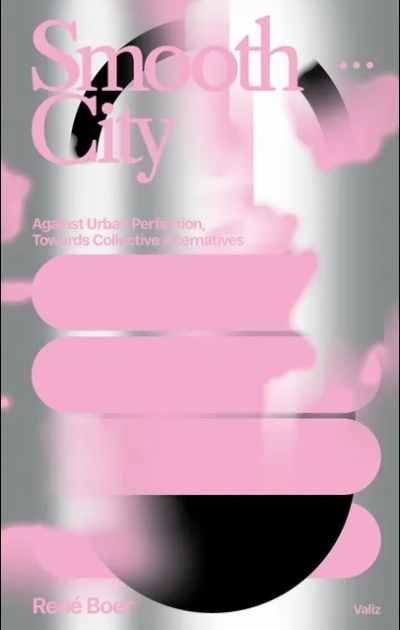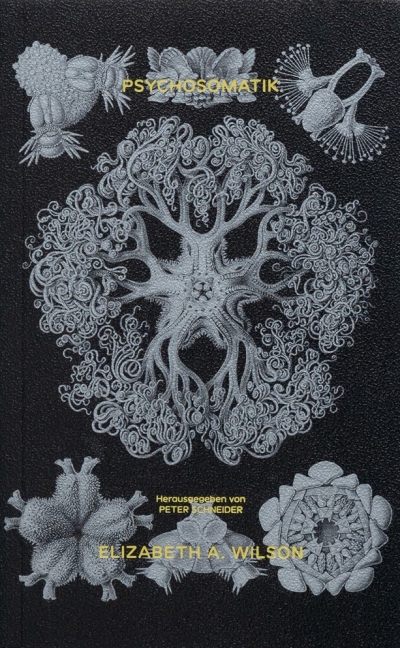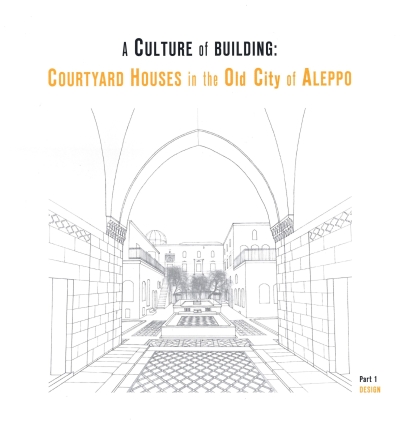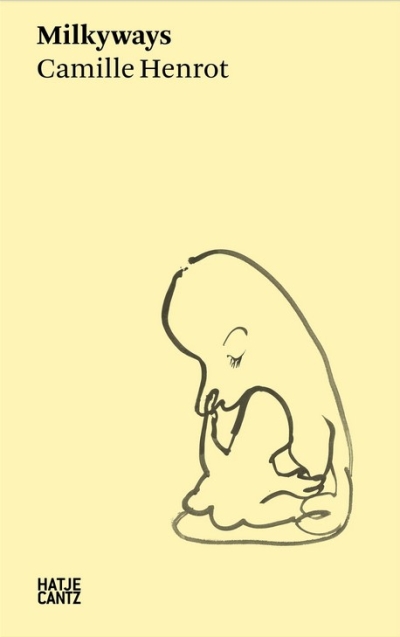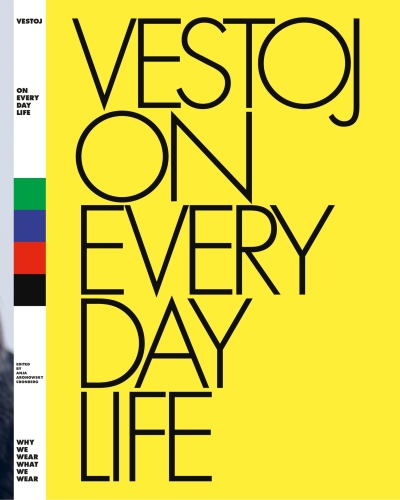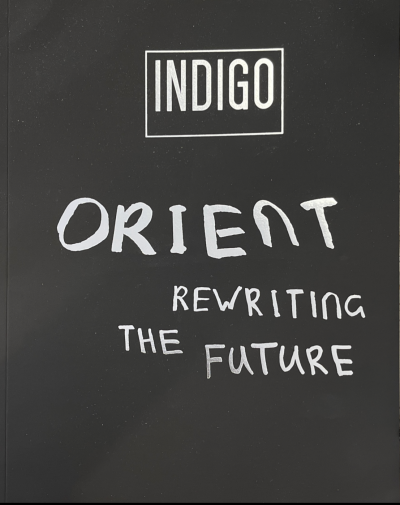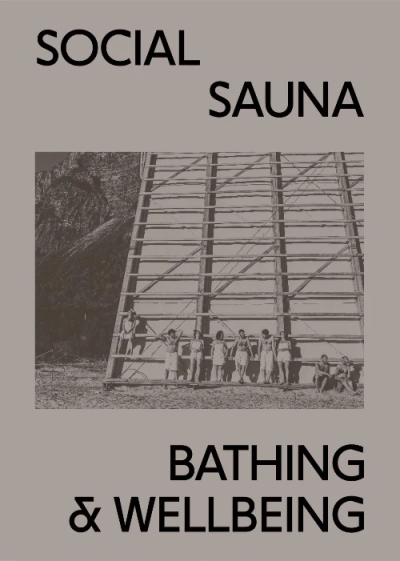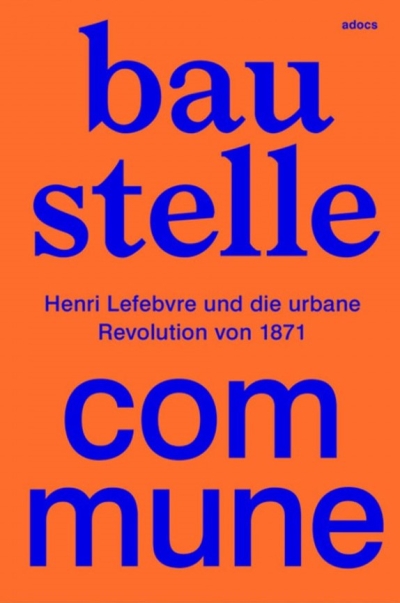Deborah Enzmann
Emojisierung. Eine historische und semiotische Studie zu…
Nina Möntmann
Decentring the Museum: Contemporary Art Institutions and…
gerade nicht auf Lager
Hans Ibelings
Modern Architecture: A Planetary Warming History
Monique Wittig
Das straighte Denken
gerade nicht auf Lager
Amber Husain
Meat Love. An Ideology of the Flesh
Moritz Gleich, Christa Kamleithner (Hg.)
Medium unter Medien. Architektur und die Produktion…
gerade nicht auf Lager
Ursula Böckler, Julia Lazarus &…
Radical Film, Art and Digital Media for Societies in Turmoil
gerade nicht auf Lager
Kuukuwa Manful, Emmanuel Ofori-Sarpong…
Building African Futures. 10 Manifestos for Transformative…
Fareed Armaly
The (re)Orient
Valerio Calavetta, Peter Hoffmann
Sortenrein Bauen - Methode, Material, Konstruktion
Umut Yıldırım (ed)
War-torn Ecologies, An-Archic Fragments. Reflections from…
gerade nicht auf Lager
Chang Wen-Hsuan
Xsport On Paper. Samplings of Publishing Practices from the…
gerade nicht auf Lager
Rich Pell
This is not an Artifact. Selections from the Center of…
Armen Avanessian
Flüchtigkeitsmanagement
gerade nicht auf Lager
Florian Strob, Karoline Lemke, Uli…
Ludwig Hilberseimer: Die neue Stadt. Prinzipien der Planung
gerade nicht auf Lager
Jae Kyung Kim, Anna Schanowski (eds)
How to Book in Berlin
Keith Tan Kay Hin, Nurul Alia Ahamad (…
Kedah: A History In Drawings
Suffian Shahabuddin
61X Appeal to Read Between the Sheets
gerade nicht auf Lager
Camelia Kusumo, Lee Sze-Ee
Kaki Lima Stories.
Clarissa Lim Kye Lee (ed)
Small Practices : In Conversation with Malaysian and…
Nazmi Anuar
Background, Frame, Platform
gerade nicht auf Lager
Louis Rogers (Hg)
Upper Lawn, Solar Pavilion. Alison & Peter Smithson
Bojana Kunst
Das Leben der Kunst. Transversale Linien der Sorge
gerade nicht auf Lager
Jule Govrin
Begehrenswert. Erotisches Kapital und Authentizität als Ware
gerade nicht auf Lager
Isabell Otto
TikTok (Digitale Bildkulturen)
Eran Schaerf
Gesammeltes Deutsch
El Croquis 222. David Chipperfield (2015 - 2023) Selected…
gerade nicht auf Lager
Tom Holert, Doreen Mende (Hg)
Navigation Beyond Vision. e-flux journal
Nils Bubandt, Astrid Oberborbeck…
Rubber Boots Methods for the Anthropocene: Doing Fieldwork…
Antonio Castore, Federico Dal Bo (eds.)
Untying the Mother Tongue
Carsten Lisecki
Carsten Lisecki. Urbane Handlungsspielräume
gerade nicht auf Lager
Elizabeth Duval
Nach Trans. Sex, Gender und die Linke
gerade nicht auf Lager
Lydia Zinovieva-Annibal
Thirty-Three Monsters
Oliver Elser, Anna-Maria Mayerhofer,…
Protestarchitektur. Barrikaden, Camps, raumgreifende…
Laura Gardner, Daphne Mohajer va…
Radical Fashion Exercises. A Workbook of Modes and Methods
IDEA Magazine
IDEA 403. Typeface design for the voice of the world: The…
Lorenzo De Chiffre, Benni Eder, Theresa…
Hollein Calling. Architectural Dialogues
gerade nicht auf Lager
Masure, Anthony
Manifestes 5. Artificial Design: Creation Versus Machine…
gerade nicht auf Lager
Ahmed Abdullah
A Strange Celestial Road: My Time in the Sun Ra Arkestra
Mike Laufenberg, Ben Trott (Hg)
Queer Studies. Schlüsseltexte
Josef Albers (Autor), Heinz Liesbrock (…
Josef Albers. Interaction of Color. Grundlegung einer…
gerade nicht auf Lager
Paperside Editorial Culture
Bookshop Guide. Independent Publishing Culture Spots
gerade nicht auf Lager
Sven Lütticken
Objections. Forms of Abstraction, Volume 1
Christoph Brunner, Grit Marti Lange,…
Technopolitiken der Sorge
Jean-Louis Cohen
Building a new New World. Amerikanizm in Russian…
gerade nicht auf Lager
Gerda Breuer
HerStories in Graphic Design
Tanja C. Vollmer, Andres Lepik (Hg.)
Das Kranke(n)haus. Wie Architektur heilen hilft
gerade nicht auf Lager
Marc Bonner
Offene-Welt-Strukturen. Architektur, Stadt- und…
Matthew Beaumont
The Walker. Die Stadt, die Moderne und ihre Fußgänger
gerade nicht auf Lager
Harald Kisiedu and George E. Lewis (Hg.)
Composing While Black
Dynamische Akustische Forschung
Walking in Cinematic Close-Ups
gerade nicht auf Lager
Alec Leach
The World Is On Fire But We’re Still Buying Shoes
Eckhardt Ribbeck
Stadtläufer. Reiseerinnerungen 1970 - 2010
gerade nicht auf Lager
Yves Dreier, Eik Frenzel (Hg.)
Social Loft. Auf der Suche nach neuen Wohnformen / En quete…
Stiftung Bauhaus Dessau (Hg)
Doors of Learning. Microcosms of a Future South Africa.…
Dorothee Richter
Curating: Politics of Display, Politics of Site, Politics…
Ciarán Finlayson
Perpetual Slavery. Ciarán Finlayson
gerade nicht auf Lager
Marie-France Rafael
Raphaela Vogel. Outside Form
Irma Leinauer
Magistrale der Moderne. Das Wohngebiet an der Karl-Marx-…
gerade nicht auf Lager
Moisés Puente (Hg)
2G 89. BAST
Kenya Hara (Ed.)
Cleaning
Graphicabulary - MAKERMAKER
Closing Ceremony. Hilton Seoul 1983 - 2022
Sunny Kerr (ed.)
Drift. Art and Dark Matter
gerade nicht auf Lager
Helen Hester, Nick Srnicek
After Work: A History of the Home and the Fight for Free…
Claudia Kromrei
Postmodern Non-Residential Berlin
Hanne Eide, Krisitian Wikborg Wiese,…
Formafantasma: Oltre Terra. Why Wool Matters
gerade nicht auf Lager
Moises Puent (Ed.)
Flores & Prats. Drawing without Erasing and Other Essays
Gerrie van Noord, Paul O'Neill,…
Kathrin Böhm. Art on the Scale of Life
gerade nicht auf Lager
Philipp Dietachmair, Pascal Gielen,…
Sensing Earth. Cultural Quests across a Heated Globe
gerade nicht auf Lager
Bas Hendrikx (Ed.)
Queer Exhibition Histories
Simon Reynolds
Futuromania. Elektronische Träume von der Zukunft
Brianne Cohen
Don't Look Away. Art, Nonviolence, and Preventive…
gerade nicht auf Lager
Christopher Dell
Raum und Handlung. Raumtheorien des Städtischen
gerade nicht auf Lager
Sebastián Eduardo Dávila, Rebecca Hanna…
On Withdrawal
Carine Zaayman
Anarchival Practices. The Clanwilliam Arts Project as Re-…
gerade nicht auf Lager
Michael Obrist, Antonietta Putzu (Eds)
The Last Grand Tour. Contemporary Phenomena and Strategies…
dérive
dérive N° 91, Tech Urbanismus (Jul-Sept/2023)
Thomas Kissling (Hg.)
Lucius Burckhardt. Anthologie Landschaft
gerade nicht auf Lager
Gary Tomlinson
The Machines of Evolution and the Scope of Meaning
gerade nicht auf Lager
David Joselit
Art's Properties
gerade nicht auf Lager
Enzo Traverso
Singular Pasts. The "I" in Historiography
Felix Dreesen, Stephan Thierbach
Treibgut
gerade nicht auf Lager
Andres Kurg, Mari Laanemets
Forecast and Fantasy. Architecture without Border, 1960s -…
gerade nicht auf Lager
Anna Kostreva
Seeing Fire - Seeing Meadows
gerade nicht auf Lager
Matthew Allen
Flowcharting. From Abstractionism to Algorithmics in Art…
gerade nicht auf Lager
Kerry O'Brien, William Robin (Eds…
On Minimalism. Documenting a Musical Movement
Nicolas Nova & Disnovation.org
Ein Bestiarium des Anthropozäns. Über hybride Mineralien,…
gerade nicht auf Lager
Larne Abse Gogarty
What We Do Is Secret. Contemporary Art and the Antinomies…
Pia Pol, Astrid Vorstermans (Eds.)
Future Book(s). Sharing Ideas on Books and (Art) Publishing
gerade nicht auf Lager
René Boer
Smooth City. Against Urban Perfection, Towards Collective…
gerade nicht auf Lager
Malcom Ferdinand
Decolonial Ecology. Thinking from the Caribbean World
gerade nicht auf Lager
Elizabeth A. Wilson
Psychosomatik
Dima Dayoub, Ruba Kasmo, Anne…
A Culture of Building: Courtyard Houses in the Old City of…
gerade nicht auf Lager
Camille Henrot
Camille Henrot. Milkyways
gerade nicht auf Lager
Anja Cronberg
Vestoj No 11 On Everyday Life
Indigo
Orient. Rewriting the Future
gerade nicht auf Lager
Edited by Jane Withers Studio
Social Sauna – Bathing and Wellbeing
gerade nicht auf Lager
Laura Strack, Moritz Hannemann, Klaus…
Baustelle Commune. Henri Lefebvre und die urbane Revolution…

